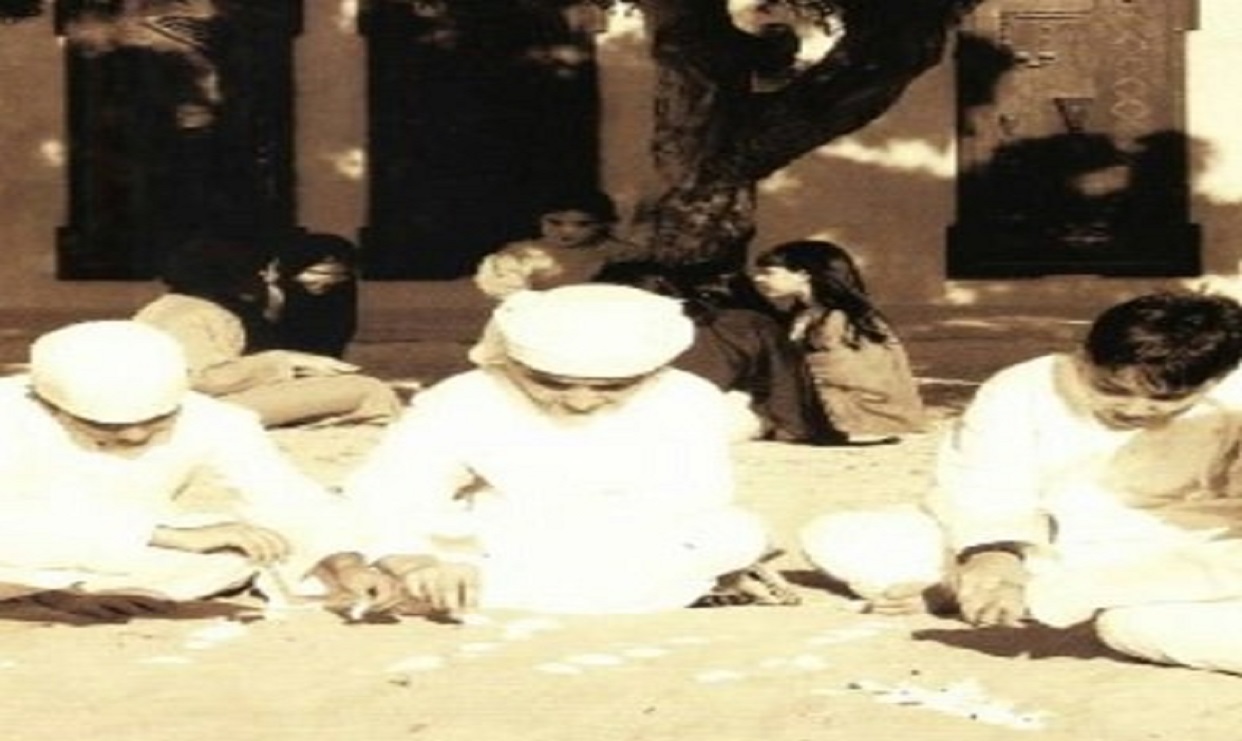1,200 عدد المشاهدات
Jamal Bin Huwaireb
Perhaps the children of some families, that enjoy today abundant funds, various properties and large businesses and companies whose names shine as lightning in the dark night, do not know the rugged and difficult life their grandparents lived.
At that time, work was not limited to men only; women participated in all matters of life excluding, of course, things that women cannot afford, such as diving, wars and others.
Women took part in many jobs next to men, besides taking care of their homes and children: bringing water, cutting wood, and providing food.
I remember an old, noble woman from a deep-rooted family; she used to sell fish in the market, in fact she was dominating it, where fishermen used to bring her fish first and then offered the fish to the rest of the traders.
Leading Figures and Information
The ancient and modern history of the Arab countries tells us countless stories about leading men, but unfortunately ignored talking about the leading women who had a prominent and leading role in the society.
Women were involved in science, shura (consultancy), trade and even politics. For instance, the mother of the believers Umm Salama Hind bint Suhayl, was consulted by Prophet Mohammed at the time of Treaty of Hudaybiyyah. Another example is the mother of the believers Aisha, who was asked by the senior companions regarding the provisions of the Sharia. She used to ask, give a religious verdict, consult and advise.
In modern history, there are women who weren’t ignored as they proved themselves with their preponderant mind, utter determination and wisdom that far outweighs the wisdom of men, including Mrs. Moza bint Imam Ahmed, daughter of the founder of Al Busaidiyah state in Oman. Mrs. Moza played a role in establishing the pillars of governance, defending Oman and helping people. She had many virtues; it was said that the name Moza was spread and named after her.
Another example from the UAE, is a well-known woman who is still very frequently referred to by people recalling her generosity, rational mind and firmness; Sheikha Hessa bint al-Murr ibn Huraiz. In 1906, at the end of the reign of Sheikh Maktoum bin Hasher bin Maktoum, ruler of Dubai, or at the beginning of the reign of Sheikh Butti bin Suhayl, Sheikh Saeed bin Maktoum married Sheikha Hessa bint al-Murr. His wife Shaikha Hessa stood by him and helped the needy, students of science, widows and wayfarers.
Of course we also remember the mother of Dubai, the affectionate mother and the kind Sheikha Latifa bint Hamdan Al Nahyan, may her soul rest in peace, a leading woman in the modern era of an ancient ancestry; her father and grandfathers were great leaders. She was very generous and didn’t keep money, spending it on the aspects of right and goodness.
She was a wife who performed her duties towards her late husband, Sheikh Rashid bin Saeed, the ambitious and exceptional ruler, builder and founder of a world-class civilization very advanced to its counterparts. She did her best to perform her duties towards him and in hard times she was a supporter, assistant and a loyal counsellor. She used to respect scholars, feel for the vulnerable and empathize with the children, and she remained so until she passed away.
She was truly supporter and a good wife who helped her husband, Sheikh Rashid, to carry out his ambitious works, by which he transformed Dubai from a small emirate to an emirate that people compete to imitate. A good supportive woman is very important in the life of an ordinary man, and even more important in the case of a ruler, who bore the responsibility in his youth and the burden of governance in difficult circumstances.
To Sheikh Rashid, Sheikha Latifa was more than this. She had given birth to the most respected Sheikhs: Sheikh Maktoum, may his soul rest in peace, Sheikh Hamdan, Sheikh Mohammed, Sheikh Ahmed and the honorable sheikhas may God save them.





